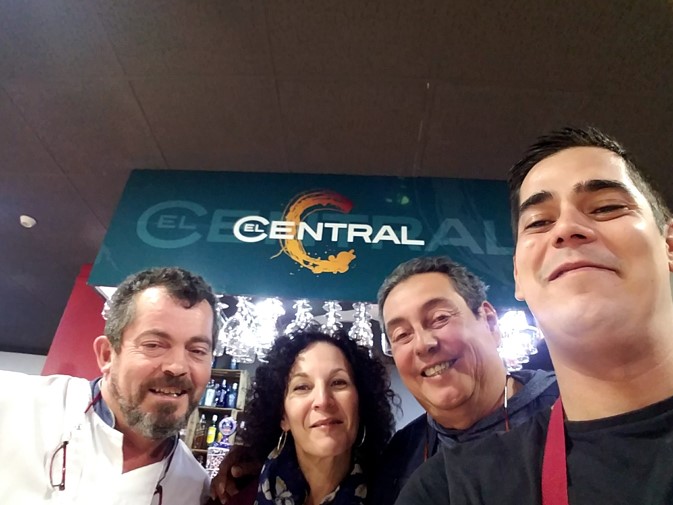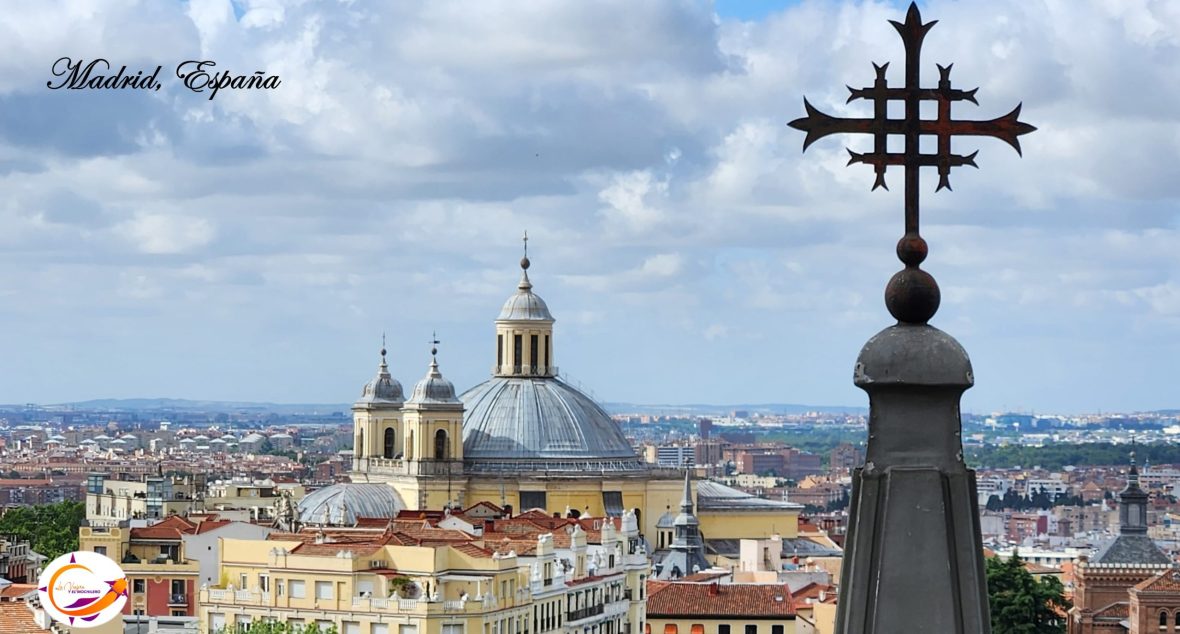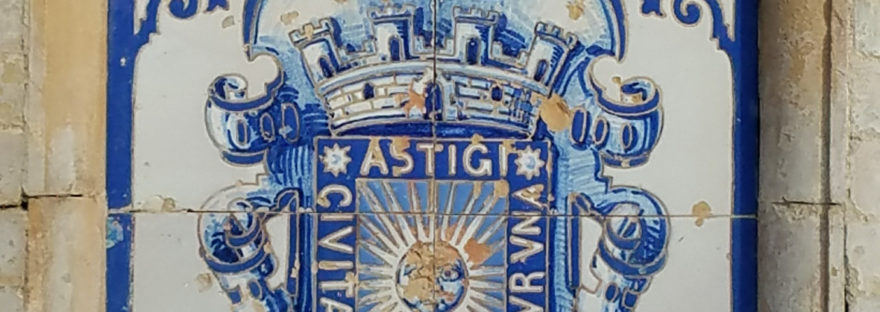The Romans knew very well what they were doing when they founded Astigi, making it the head of one of the four provinces of Andalusia. Astigi was the principal axis for its “Via Augusta”, the main road throughout Andalusia.

The City of Sun, the frying pan of Andalusia or the City of Towers, was totally unknown to us as travelers. Our friend Pablo Ojeda introduced us to Ecija, as the city is currently known. The city of Ecija is a historical ensemble, who’s artistic riches were discovered during our stay. Accordingly, the city is also known as the Artistic Center of Andalusia. It’s privileged location made it the best “command center” from whence to launch our conquest of Andalusia. From the installations of the “Palacio de los Granados”, a beautiful boutique hotel, we would embark on the Andalusian adventure.

Something that caught our attention was the preservation and conservation efforts in Ecija. During the reconstruction of the “Plaza de España” (main town square), an important roman site was discovered, a roman tank / pond dating back to the first century before Christ has been conserved intact.

Most of the artefacts and statues found in this archaeological site are now part of the permanent collection of the Ecija Historical Museum, located at the “Palacio de Benameji”.

The Town Hall of Ecija is located at one extreme of the “Plaza de España”. The town square is surrounded by notable buildings, among them the San Francis Church and the Benameji balcony.

Ecija has so many towers! Little wonder it is also known as the City of Towers. The influence of the Castilian monarchs is evident through-out the city full of Catholic churches with their bell towers.
Please visit our photo gallery for Escija at: Écija / Astigi; España 2017

The Saint John the Baptist Church is one of our most liked. From the tower’s highest point one can view the whole city and its many towers. The Church has a small chapel. What is now seen as the patio was once the original temple, part of the main alter can still be appreciated. In addition, the remains of a roman temple was discovered, over which the church was constructed. Other towers we discovered in Ecija were the Holy Mary Church, the Holy Cross Church, the (virgin of) Carmen Church, Saint Ana’s Church, Saint Gil Church to mention a few. We also visited the Twin Towers or Immaculate Conception Church.
Other churches viewed had bell gables instead of towers. A bell gable is comprised of a solid wall with hollow spaces where the bells were hung. The Saint Francis Church in front of the “Plaza de España” is an example.

Many of the churches are of a gothic-mudejar architecture, whereas are were constructed over mudejar temples. Unfortunately, the Lisbon earthquake of 1755 damaged many of the structures of the city.
Ecija also has various convents and monasteries. The Florentine’s Convent, the “Santo Domingo” Convent and the Convent of the Moroccans, also known as the Holy Trinity and Immaculate Conception Convent are just a few. The city also has many religious buildings of the Order of the Barefoot Carmelites.

Palaces seem to dominate the center of the city. For example, the “Palacio de las Teresas” is the Museum Palace of Palma, the “Casa de las Tomasas” is the now the Justice Hall. The “Palacio de los Granados” es now a hotel and was our home during our stay in Ecija.
The “Palacio de Benameji” is home to the Municipal Historical Museum. Other palaces worth visiting are “Palacio de Valdehermoso”, “Palacio Peñaflor” and “Palacio Santaella” to mention a few.
Ecija has so much to offer!

Discovering it requires hitting the pavement. That’s how we found, The “Plaza de Colon”, the “Casa Señorial de JN Diaz Custodio”, the “Torre Albarran”, the “Casa del Gremio de la Seda” and the “Hospitalito” or Immaculate Conception Church.
The city’s old quarter caters to all preferences. We noted much commercial activity in shops and restaurants. Just walk down the “Miguel de Cervantes” Avenue and you can find most anything at good prices. To the south of the city you will find mayor markets and department stores.
The Bus Station located on the Genil Avenue is a transportation hub from which we could travel to the most important urban centers of Andalusia and surrounding communities.
Alternatives foe eating are extraordinary. Our favorite spots were “El Central” in front of the “Plaza de España” and “Las Ninfas” inside the Municipal Historical Museum.

Also memorable where the delicacies offered by our friend Francisco Ortiz Roca at the “Palacio de los Granados”.
The most impressive thing about Astigi o Ecija is its people. The warmth we felt from the townsfolk was sensational. In a short time we created a family circle with people such as Francisco, Rafa and Elena with their toddler Alejandro, Jose Maria and Sergio, Antonio, Salvador and Armando.


We are wholeheartedly grateful to our friends Pablo Ojeda and Francisco Ortiz Roca for having inviting us to visit and discover this hidden tourism treasure.
Astigi o Ecija, regardless of how you name the city, served as our home base to visit Andalusia, but in and of herself, it is a must see city to be enjoyed.

